1. For RTD Pt 100 measurement,measure the resistance across the white and common terminal, then the temperature can be calculated simply by
Temp = (resistance measured across terminal minus 100)/0.385
or
Temp = (resistance measured across terminal minus 100)multiplied by 2.6
For example :
if the RTD resistance across white and red terminal is 126 ohm, then
the temperature measured is 26/0.385=67.53 degree centigrade or
26 multiplied by 2.6
26*2.6=67.53
This follow the same eqn, R=Rₒ(1+αT) remember that this is only applicable for PT 100 not other types
2.For calibration of -100 mmH2O to -10 mmH20 range capillary type using pressure pump not vacuum pump
The values for 25%, 50%, 75%, 100% are as follows:
0% is -100 mm h2o
25% is -77.5 mm h2o
50% is -55 mm h2o
75% is -32.5 mm h2o
100% is -10 mm h2o
First find the Span=URV-LRV=-10+100=90
Then divide this by 4 as we are calibrating for 4 values namely 25%, 50%, 75%, 100%
i.e. 90/4=22.5
then the 4 points can be calculated as follows
0%(4ma)————-> 0 mm h2o i. e LP and HP open to atmosphere
25%(8ma)———–> -0+22.5=22.5 mm h2o (apply 22.5mmh2o to HP side not LP here LP is open to atmosphere.)
50%(12ma)——–> 22.5+22.5=44 mm h2o (apply 44mmh2o to HP side not LP)
75%(16ma)———> 44+22.5=67.5 mm h2o (apply 67.5 mmh2o to HP side not LP)
100%(20 ma)——> 67.5+22.5=90 mm h2o (apply 90 mmh2o to HP side not LP)
3.Calculation of flow m3/hr from differential pressure values mm h20 if both ranges are known:
We know that the flow equation is related as follows
Q=k√∆p
Here Q is the rate of flow: k is the Bernoulli’s constant; and ∆p is the differential pressure
Consider for instance the D.P. transmitter is of range 0 to 120 mm H2O and the DCS range of
0 to 1500 m3/hr
Then the next step is to find the Bernoulli’s constant
i.e. Q=k√∆p
1500=k√120 (here we consider span URV values to find Bernoulli’s constant)
k=1500/√120
k=136.936
Once we get Bernoulli’s constant we can calculate any flow rate if we know the D.P.
For e.g.
If differential pressure is 90 mmH2O
Q=k√∆p becomes
Q=136.936√90
= 136.936*9.486 = 1298.9 m3/hr
Thus we can calculate any flow rate if we know the transmitter and DCS range.
Or simply
Flow in DCS(present value) =(DCS range)√(Present DP value/DP range)
For example DCS range is 1000m3/hr,
DP range is 100 mmh20,
And present DP value in transmitter is showing 25 mmh2o,then
DCS flow will be
Flow in DCS(present value) =(DCS range)√(Present DP value/DP range)
=1000√(25/100)
=1000√(1/4)
=1000*1/2
=500 m3/hr
4.For K type thermocouple (Chromel alumel) if the mV measured across yellow(positive) and red (negative) is x,then the temperature can be calculated as follows
Temperature = x/0.0397(millivolt measured divided by 0.0397) or x *25.2 (millivolt multiplied by 25.2)
for example if we measure the mV value across yellow and red terminal using a multimeter and found to be 0.397 then temperature can be calulated by
temperature=(0.397/0.0397)=10 degree centigrade or (0.397*25.2)=10 degree centigrade
5.calibration checking of capillary type LT if you dont have any instruments for checking
Suppose that a capillary type LT is mounted on a tank having range of -1200mmh2o as LRV and URV -60 mmh2o and you need to check whether the transmitter is Ok
We know that the transmitter is mounted with HP side to high pressure side and LP tapping to low pressure side,Firstly isolate the process line,vent and drain the process inorder to release any trapped pressure inside the flange.the transmitter will show 0% reading ie(-1200mmh2o),
Now measure the tap to tap length and mark the corresponding 25%,50%,75% and 100% level .Remove the LP flange of the transmitter(with HP flange of capillary intact) and keep it near(parallel) to HP tapping, the transmitter will show 100%.Now lift the LP capillary flange to 25% above from the HP tapping (where we marked before as 25%),now the transmitter will show 75% (not 25%)
Next keep the transmitter LP capillary flange at 50% marking the transmitter will show 50% reading.Similarly when we place at 75% the transmitter will be showing 25%
Finally if we place at 100% marking the transmitter should show 0% that is -60mmh2o
6.For most of the thermocouples the red terminal is considered as negative terminal(ANSI standard) and if red is not available then white terminal is considered as negative terminal(japan and IEC standards)
7.For pH analysers calibration can be done by supplying mV
58mV corresponds to 1 pH
so if we are calibrating for water whose pH is 7, the supplied voltage should be 58*7 mV=406mV.
Thus if 406mV is applied to pH transmitter it will show a reading of 7pH
Credits : kishore karuppa swamy
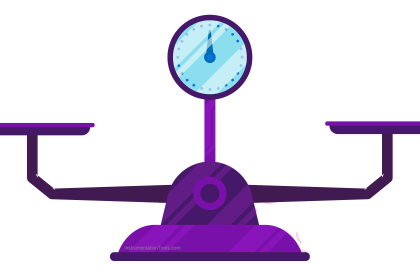
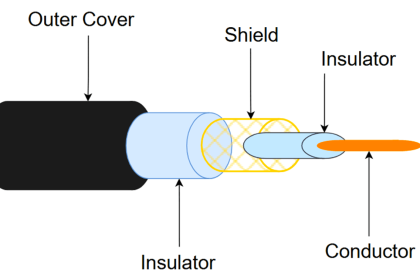
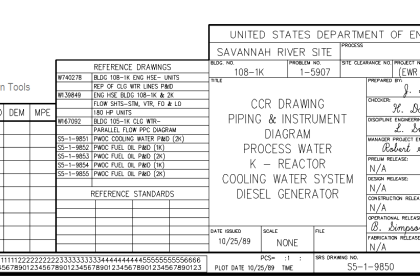
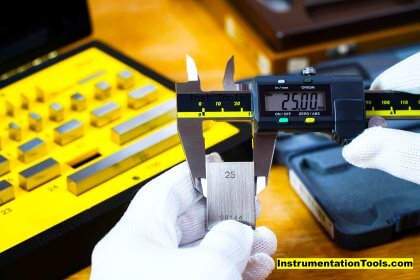

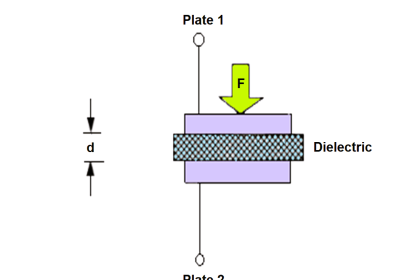
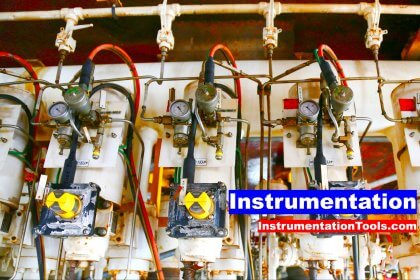
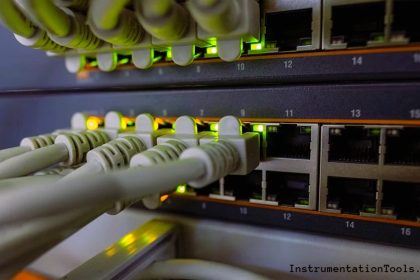
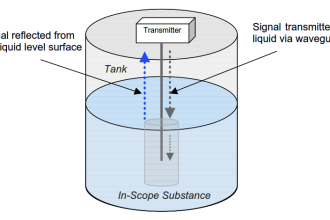

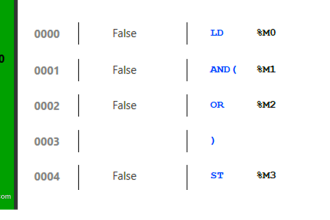
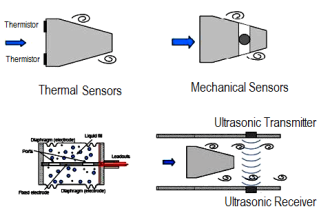

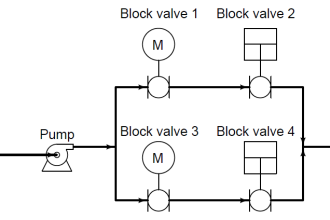

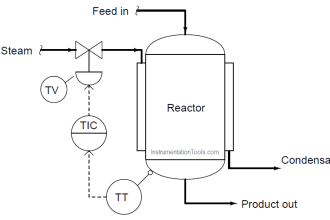

Nice and very useful information
was owesome to me